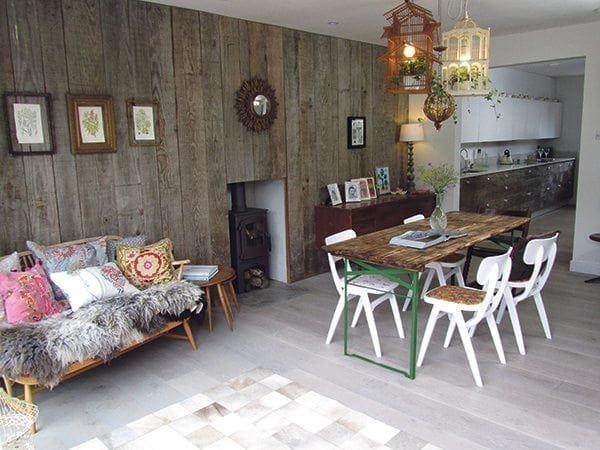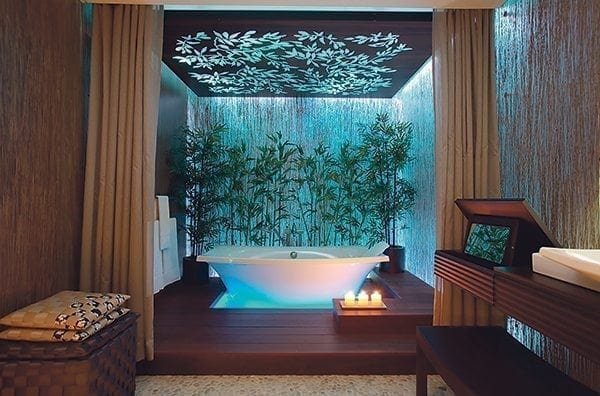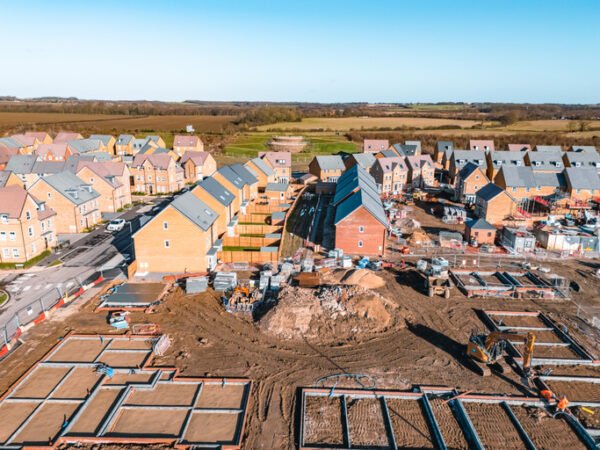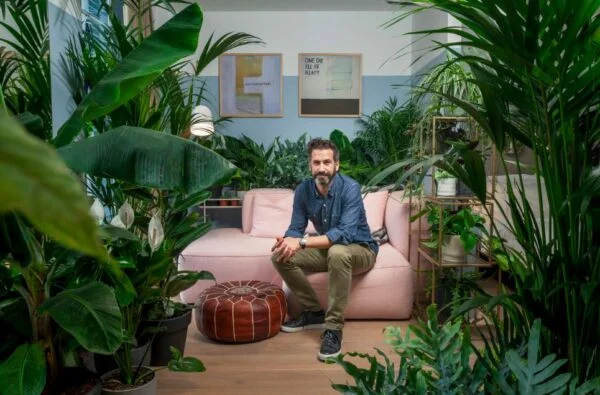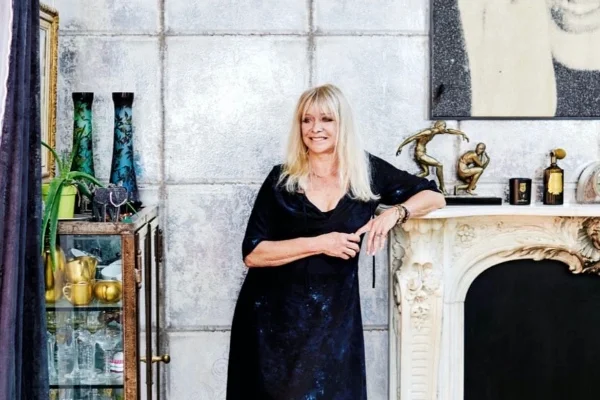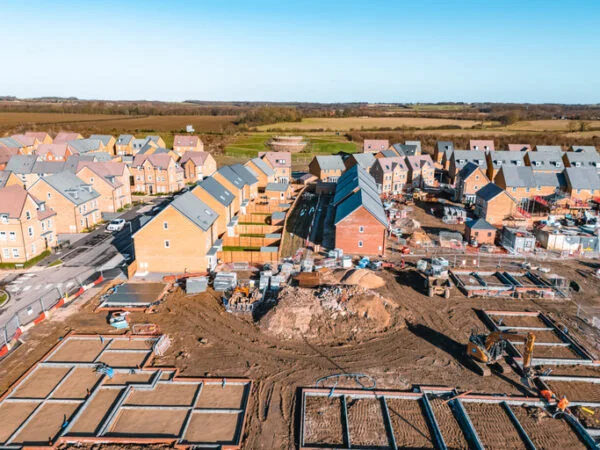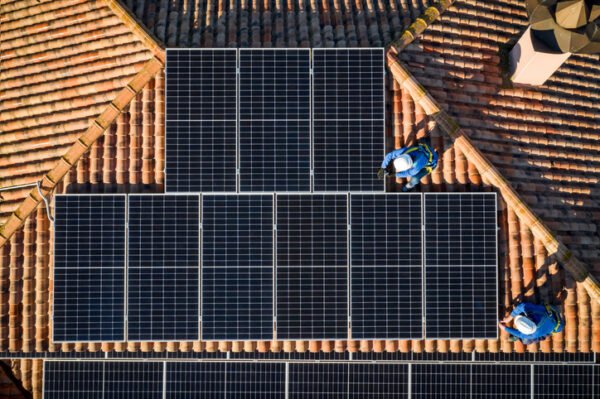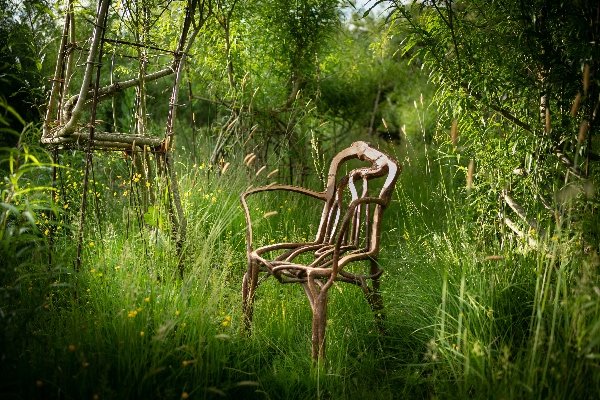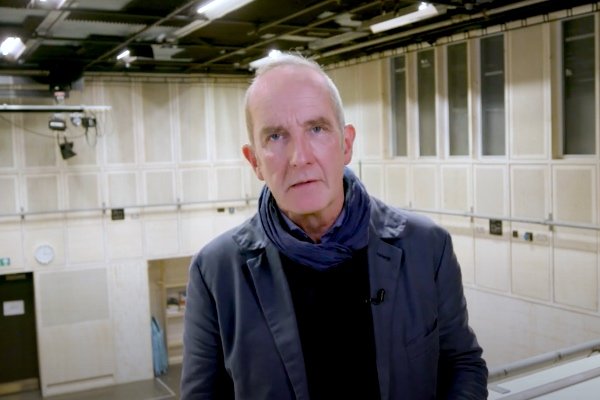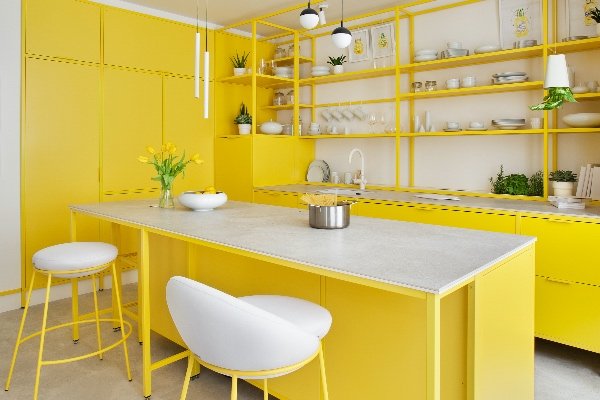These are the emotional and physical needs that apply to most of the spaces we inhabit, from homes and schools to healthcare facilities and offices. ‘As an emerging science and style’, says Oliver, ‘it’s a subject that’s becoming increasingly important to a number of organisations, including Amazon, Google and Apple. I’m currently working with Interface, a visionary carpet manufacturer and sustainability pioneer, to promote the many benefits that biophilic design can have in the built environment’.
The benefits
Studies in the US have uncovered measurable benefits in a number of different types of building where biophilic principles have been applied.
Hospitals incorporating biophilic design principles have demonstrated improved rates of post-operative recovery — with less pain, 8.5% shorter stays and 22% less medication for their patients.
There are benefits for everyone, from the patients and doctors to the visitors, and staff are able to enjoy greater focus.‘I love the playful and natural qualities designed into the Crown Sky garden at the Chicago Children’s Hospital’, says Oliver, ‘and the way St Mary’s School in Oxfordshire, by Jessop and Cook Architects, allows natural light to flood in, with views out onto nature and plenty of natural materials inside.’
Schools have demonstrated that children learn 20-25% faster when natural light is present.
Offices can use biophilic design principles to improve levels of productivity and creativity, while also reducing absenteeism and ‘presenteeism’, where employees are at work but not focused on the tasks in front of them. ‘When you consider that staff costs represent 90% of many business expenses’, says Oliver, ‘then improving staff health and wellbeing can clearly create large improvements in profit for relatively small outlays.’
The biophilic home
For Oliver, there are four key biophilic principles that can be applied to the spaces we inhabit, from homes and offices to schools and healthcare spaces, that allow us to perform better.
The first is natural light, which helps govern our circadian rhythms. ‘Maximising natural light is essential to our health and wellbeing’, says Oliver, ‘whether it’s through windows, roof lights or glass doors.’ The second is a view out onto nature, which Oliver explains ‘can improve focus and create a greater sense of calm’.
You don’t need a national park on your doorstep; a garden, green roof space or terrace would do fine. Natural materials are also a must; studies have shown that natural materials, patterns, products and textures have a calming and restorative quality, with a surprising number of additional positive side-effects.
‘Lastly’, says Oliver, ‘you need to have a safe space to retreat back to. We all need somewhere to sit and restore energy and focus after a period of activity. This could be a quiet space in an office or a favourite armchair next to a roaring log fire.’
On top of the immediate and tangible benefits to productivity and creativity, Oliver explains that biophilia is also about ‘understanding that our wellbeing — both psychological and physiological — is intricately connected to that of the environment we have emerged from.’
Once we understand this, we can measure the many tangible benefits in a range of spaces, such as hospitals, schools and healthcare facilities, and start to put a financial value on them. ‘Sadly’, Oliver concedes, ‘it seems that only by placing a monetary value on nature, and linking it to our health and wellbeing, can we really impress on our society the value of preserving the environment on a wider scale.’
For more information on Oliver Heath’s eco-design, interiors and architecture, visit oliverheath.com.
Oliver’s top 5
There are plenty of ways to bring ‘biophilic’ benefits to your home. Here are Oliver’s top suggestions.
- Encourage a connection with dynamic forms of natural light. Make sure your curtains don’t block light. Incorporate roof lights or sun-tubes into spaces and fit glass into doors — especially those that connect to exterior spaces.
- Make visual features that will lead the eye to exterior spaces and fill them with nature — be it plants, water features or elements that will attract birds and other wildlife.
- Incorporate green leafy plants into interior spaces. Many, such as ferns, spider plants and moth orchids, will even remove toxins.
- Use natural materials, products and textures, such as timber wall panels or even floor surfaces with natural qualities.
- Create safe, warm, cosy spaces for relaxing and restoring your energy. Think spaces with big armchairs, blankets and fleeces, a wood-burning stove, side tables with soft low-level lighting and gentle, calming smells, like lavender.
For more information on Oliver Heath’s eco-design, interiors and architecture, visit oliverheath.com.
 Play Video about This Rock Might Just Save The World
Play Video about This Rock Might Just Save The World Play Video about Play 2 hours of rock
Play Video about Play 2 hours of rock Play Video about Play 2 hours of brook
Play Video about Play 2 hours of brook Play Video about Play 2 hours of sheep
Play Video about Play 2 hours of sheep


















